Project_Rorschach is a series of ten cards that compile architectural imagery from digital archives in a manner inspired by the ten cards used in the Rorschach inkblot test. It was first exhibited at the Design Biennial Boston from February–May 2013, and was curated by over,under at the BSA Space, the exhibition space of the Boston Society of Architects in Boston, MA.
Once meticulously printed on a single antique press in Switzerland, the Rorschach images were sold only to licensed therapists. Having run out of copyright protection in the US, the test images are now available on Wikipedia for all to contemplate. We employ a reference to them as an invitation to follow and see (anew) images of contemporary architectural tropes.
Grouped by meme, ubiquitous images of architecture are layered into ten revised Rorschach cards. No longer inkblots, but retaining the symmetry that was originally constitutive of their figuration, the architectural Rorschach images are super-saturated compositions of chimneys, robotic bricks, cantilevers, house piles, hyper-towers, circles, phalluses, beanie blobs, single surfaces, diagrids, and stacks. They are assembled from the digital archives that designers draw on when thirsty—such as Archinect, ArchDaily, or Dezeen—and reproduced here in the low-res flatness that is their currency.
This project invites architectural self-analysis while it simultaneously plays on the fact that the discipline of architecture is constituted, multiplied, and advanced from constant projections onto its own archives. Although the inkblot revisions still might send the “chance image” signal, Project_Rorschach does not provide any means for authorial evaluation of the imaginations projected onto it. It speaks instead, and hopefully propels further, into an open-ended string of interpretations—some of architecture’s contemporary haunts.
Article in Perspecta:
Once meticulously printed on a single antique press in Switzerland, the ten images of the contentious Rorschach test were sold only to licensed therapists. After expiring from copyright protection in the U.S., the test images are now available on Wikipedia for all to contemplate.1 Invented by Herman Rorschach in 1921, such that they eschewed references to any culturally codified images, the test images have themselves become a meme in recent cultural production, with references appearing in music videos, commercials, art, and fashion. The cards were devised initially as a very specific diagnostic tool that invited the examinee’s imagination to manifest itself in their methodically recorded interpretations of the blots. The test would eventually place over one million people somewhere on the psychogrammatic spectrum traversing between normalcy and pathology. Project_Rorschach remakes the test’s ten cards as an invitation to see anew images of contemporary architectural tropes.2
In 1976, evolutionary biologist Richard Dawkins coined meme as a contemporary, biological notion of mimesis, offering that “memes propagate themselves in the meme pool by leaping from brain to brain via a process which, in the broad sense can be called imitation.”3 Dawkins defined memes as ideas which repeat, transform, and vie for attention in the broad viscous medium of culture. The term has been eagerly appended to the similar ways in which material circulates on the internet, and Dawkins has in fact acknowledged the internet usage of the term meme as fairly correct.
The idea that one’s will and rationality become mere vehicles for the propagation of culture is directly opposed to the standard definitions of architectural authorship. From Alberti’s use of orthographic projection to ensure the production of buildings that perfectly corresponded to his ideas,5 until perhaps this very moment, the architect has been conceptualized as the primary originator of ideas. Theories of the architectural object as a cultural product are deeply historically and socially codified, yet the architect is still safely understood as a self-aware author. What architect, after all, would want to see themselves as a mere medium for channeling and transforming architectural memes?
Treating architectural tropes as memes begins to acknowledge the speed and the medium of their transmission. Architectural images presented in 72 dpi screen resolution, most often framed by Iwan Baan’s camera lens, circulate on Archinect, Archdaily, Dezeen, Twitter, Pinterest, Instagram, and Facebook. The catchiness of a meme—whether it lives in the medium of a jingle, a rhyme, an image, or an architectural parti—may be its most fascinating aspect for a cultural critic. It is in this very space of fast enjoyment, imitation, transformation—of cultural evolution—that Project_Rorschach introduces some friction, or at least a wink and a nudge.
In Project_Rorschach, meant both as a commentary and a humorous diagnostic, ubiquitous images of architecture are grouped by memes and layered into ten revised Rorschach cards. No longer inkblots proper, but retaining the symmetry formerly constitutive of their process of figuration, these architectural Rorschach images are super-saturated compositions of chimneys, robotic bricks, cantilevers, house piles, hyper-towers, circles, phalluses, beany blobs, single surfaces, dia-grids, and stacks. They are assembled precisely from the artifacts found in web archives and are allowed to operate in the low-res flatness that is their currency.
Although the inkblot revisions still might send the chance image signal, Project_Rorschach does not provide any means for authorial evaluation of the imaginations projected onto it. Instead, as an aesthetic intervention in its own right, it propels an open-ended string of interpretations of some of architecture’s contemporary haunts. Its key and most hopeful offering is that nudge towards self-awareness of the collective disciplinary appeal of certain architectural tropes and the inertia with which they sweep the field. Relying on the Rorschach test’s already existing cultural mystique, visual power, and tantalizing promise of evaluation, Project_Rorschach invites architectural self-analysis while simultaneously making visible the fact that the discipline of architecture is comprised of, and multiplied by, constant projections onto its own archives.
-
“Rorschach Test.” https://en.wikipedia.org/wiki/Rorschach_test ↩
-
Project_Rorschach was produced for Design Biennial Boston 2013, curated by over,under at the Boston Society of Architects Exhibition Space, from February to May 2013. ↩
-
Richard Dawkins, The Selfish Gene (Oxford: Oxford University Press, first 1976; 30th anniversary edition 2006), p. 192. ↩
-
Olivia Solon, “Richard Dawkins on the internet’s hijacking of the word ‘meme’,” Wired, June 20, 2013. http://www.wired.co.uk/news/archive/2013-06/20/richard-dawkins-memes ↩
-
Mario Carpo has discussed the way in which the contemporary processes of architectural production might be closest to the pre-Alberti and thus pre-architect-as-draftsman-and-author era. See Mario Carpo, The Alphabet and the Algorithm (Cambridge, MA: MIT Press, 2011). ↩
Feburary 2013
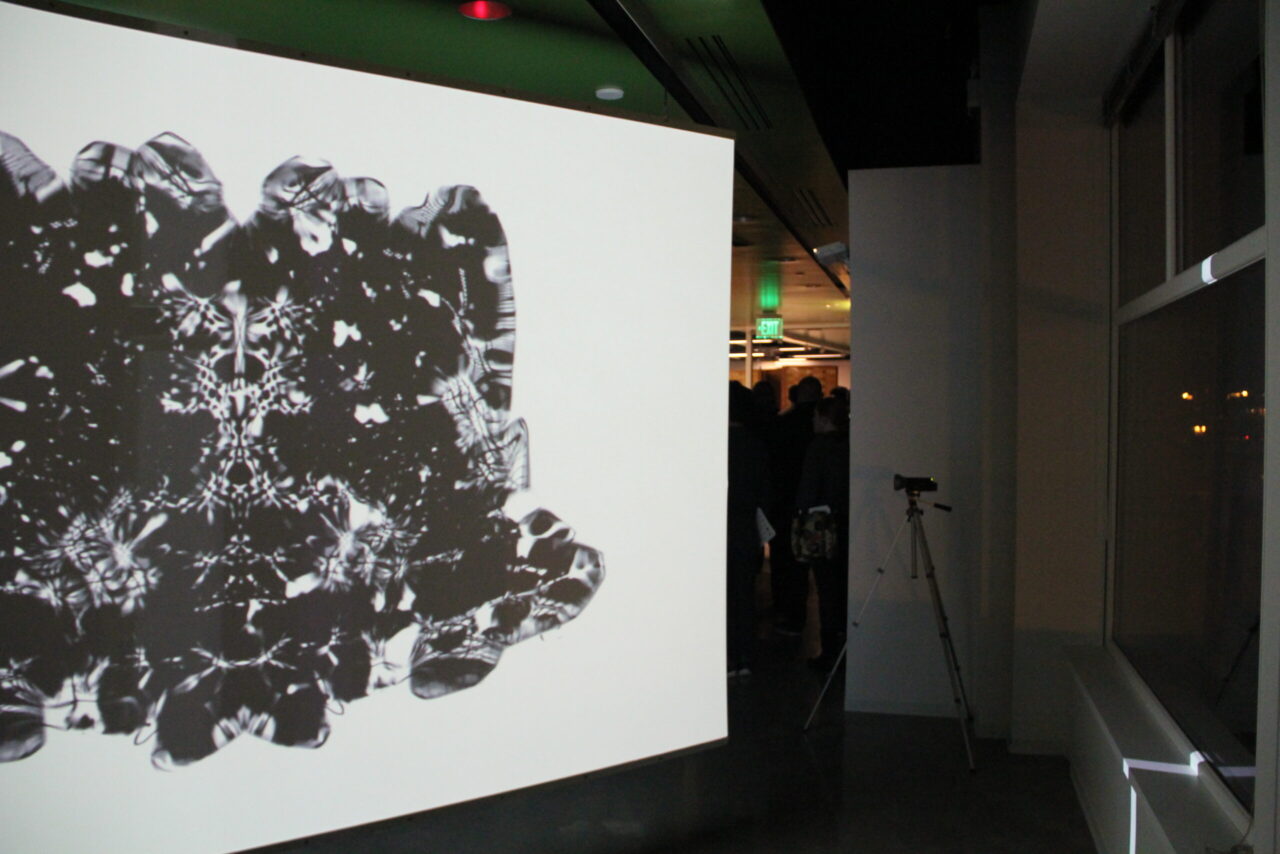

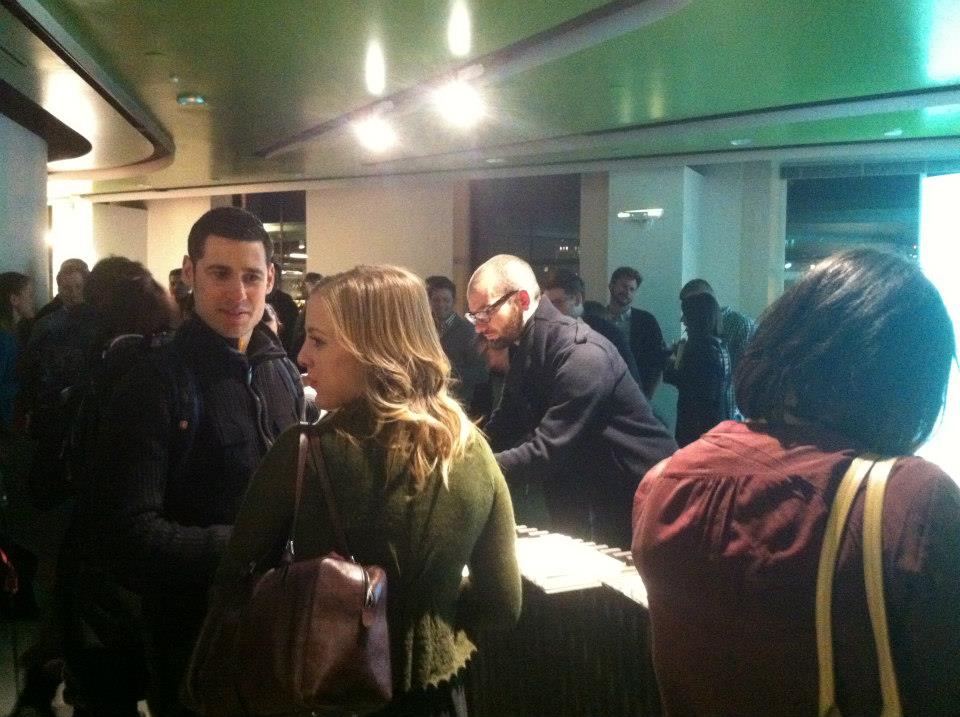


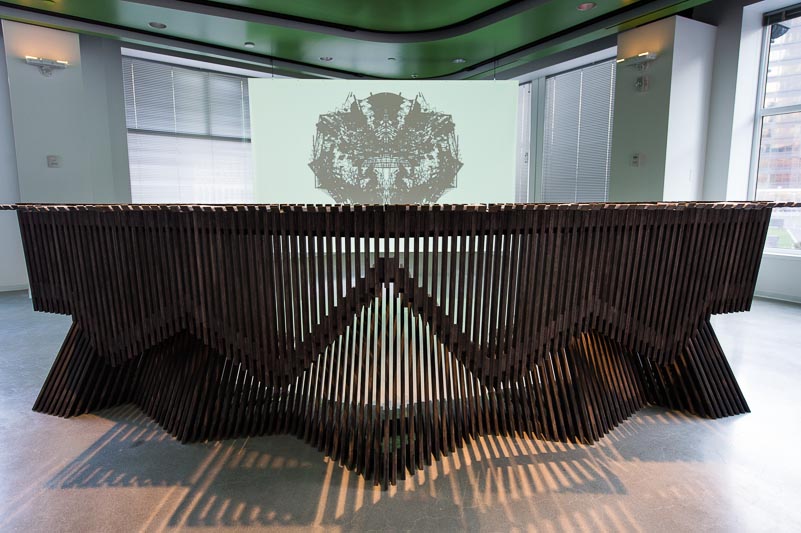
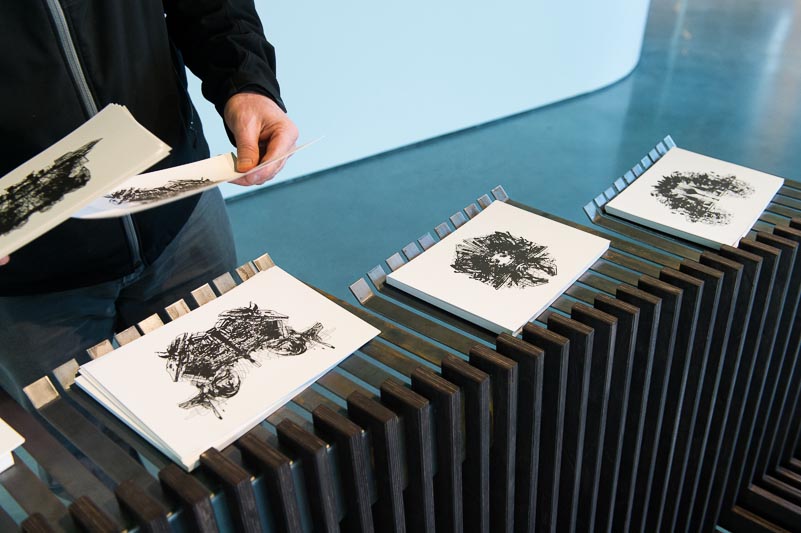
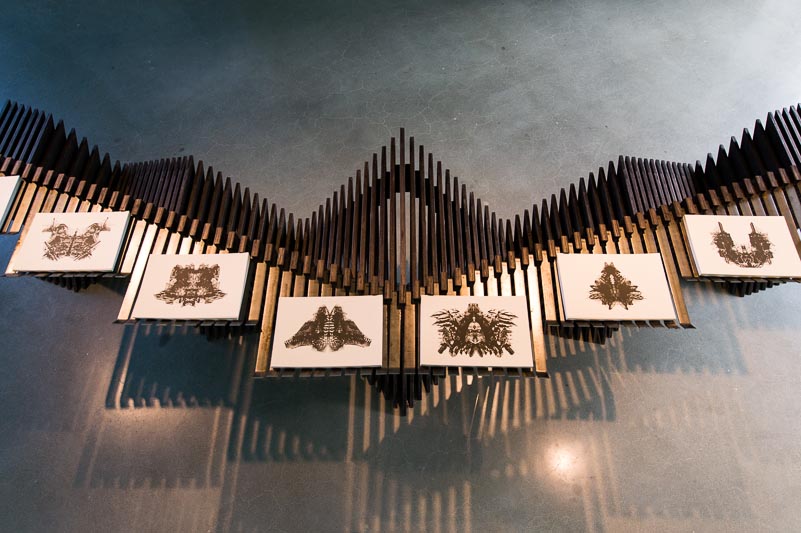
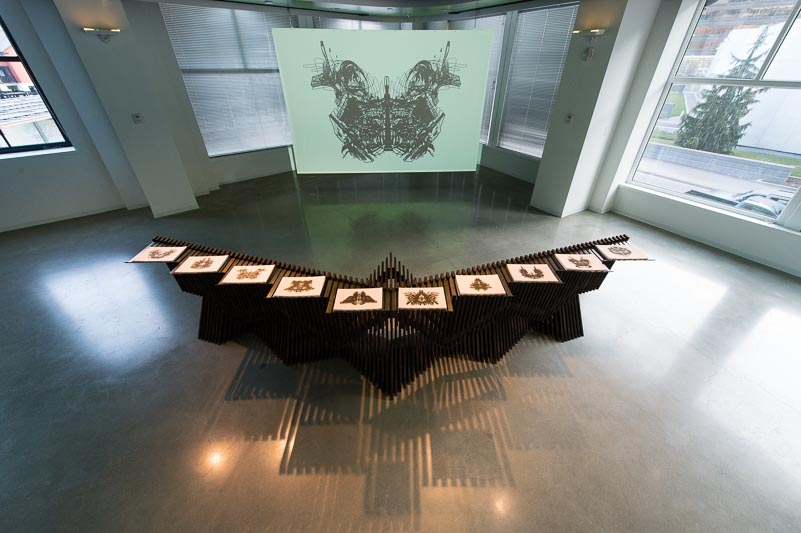
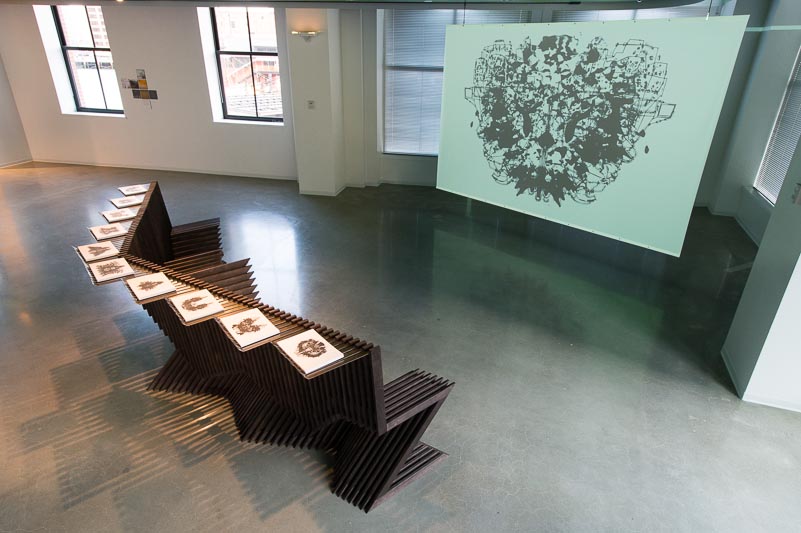
August, 2014
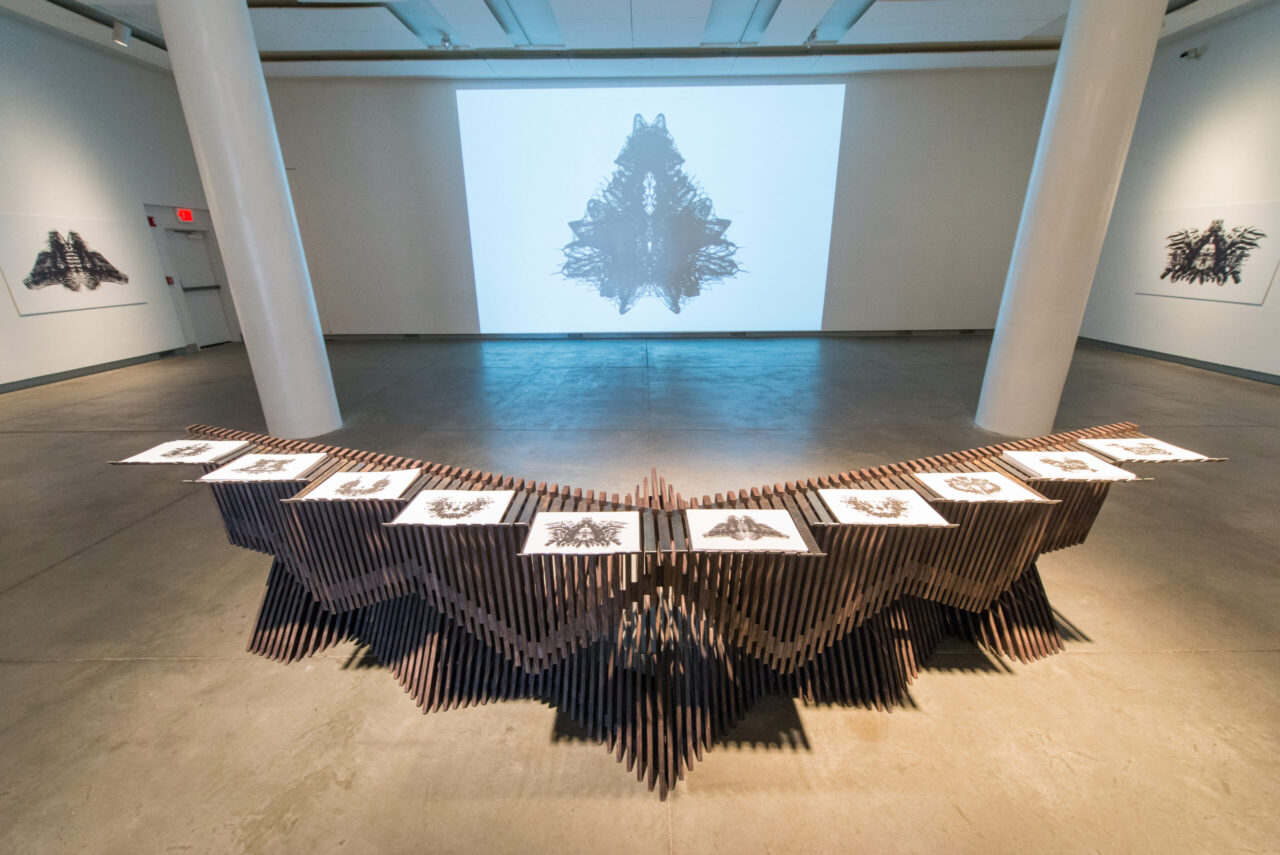
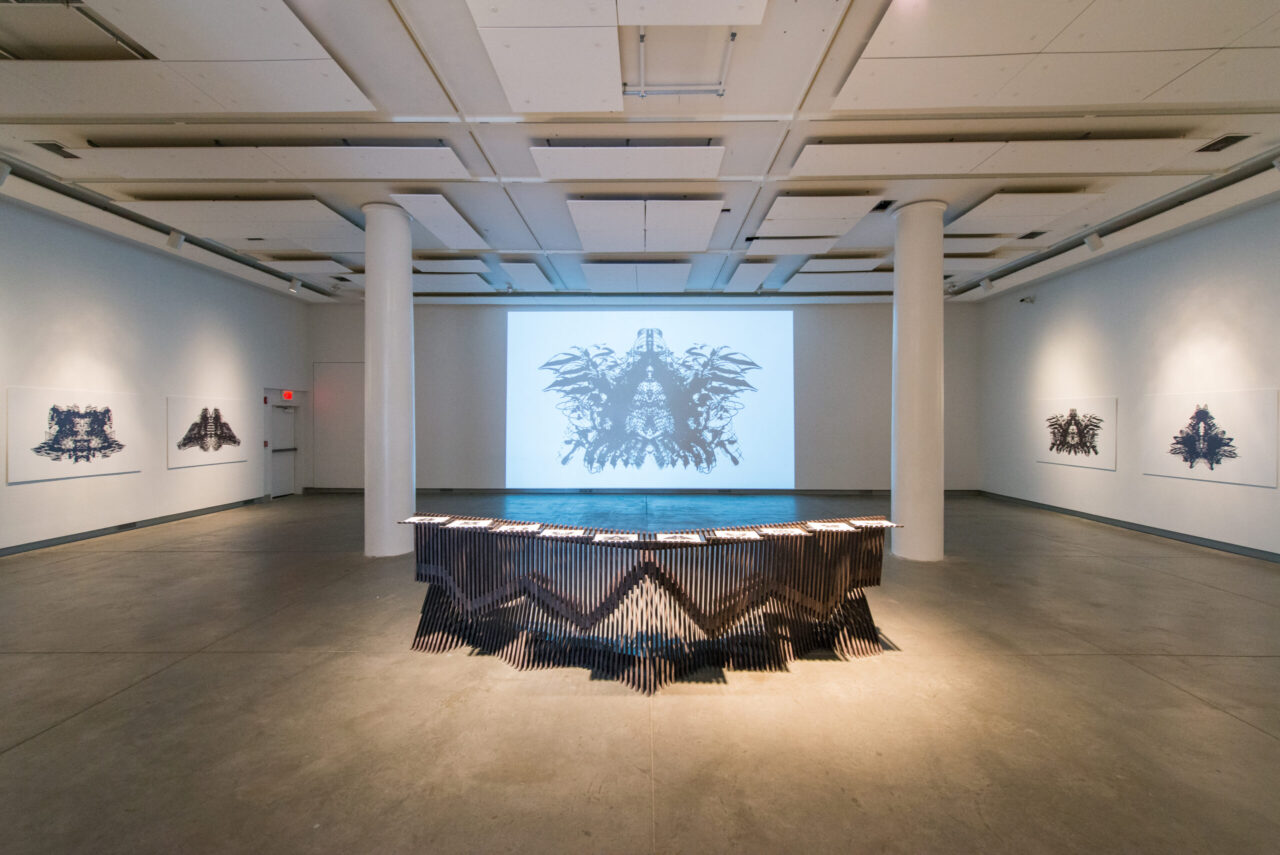
Project by Ana Miljacki, Lee Moreau, and Sarah Hirschman
Team: Oliver Wuttig, George Xinxin Lin, Alexander William Marshall, Andrew Manto, Clay Anderson, Sean Capone | The Supernature
